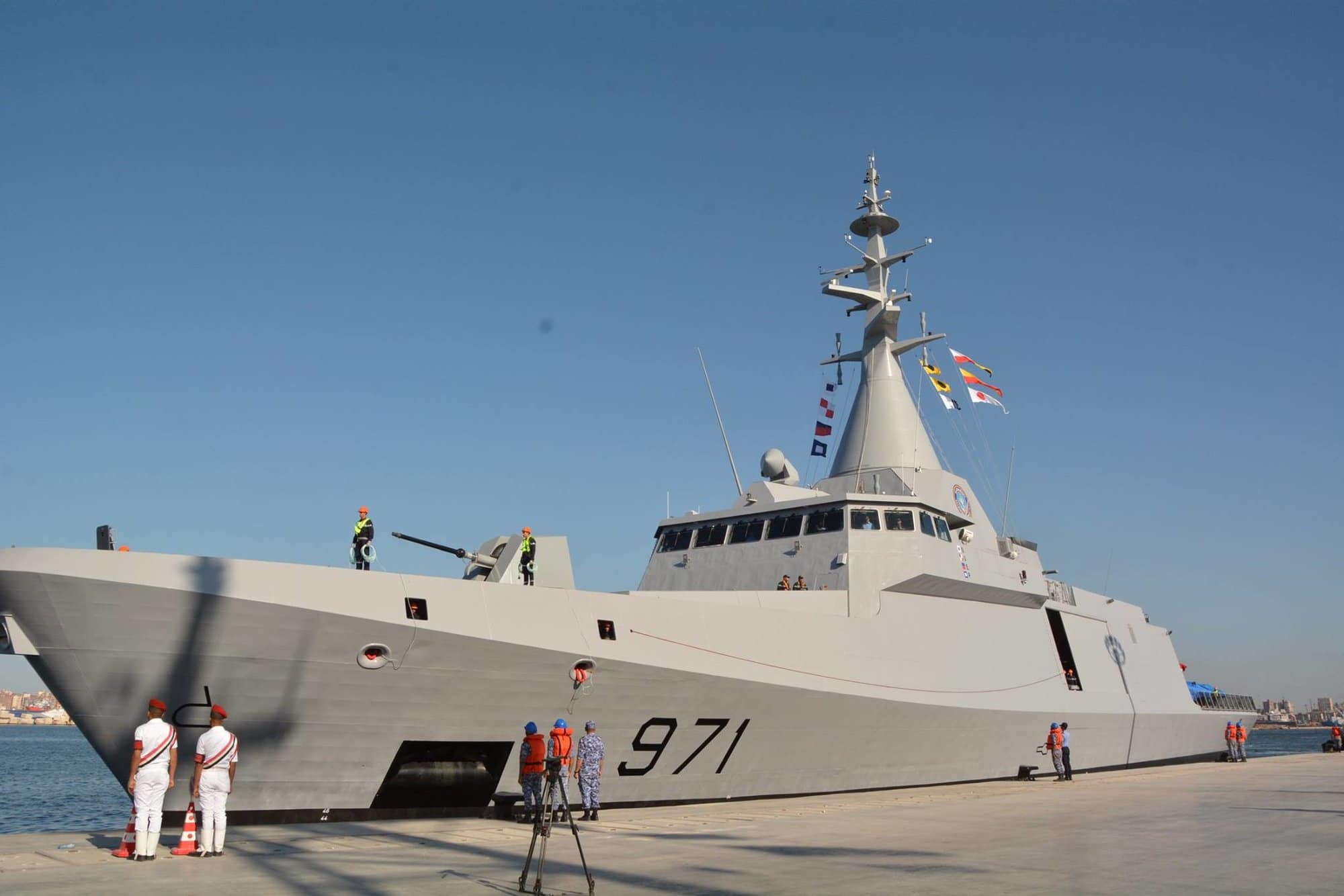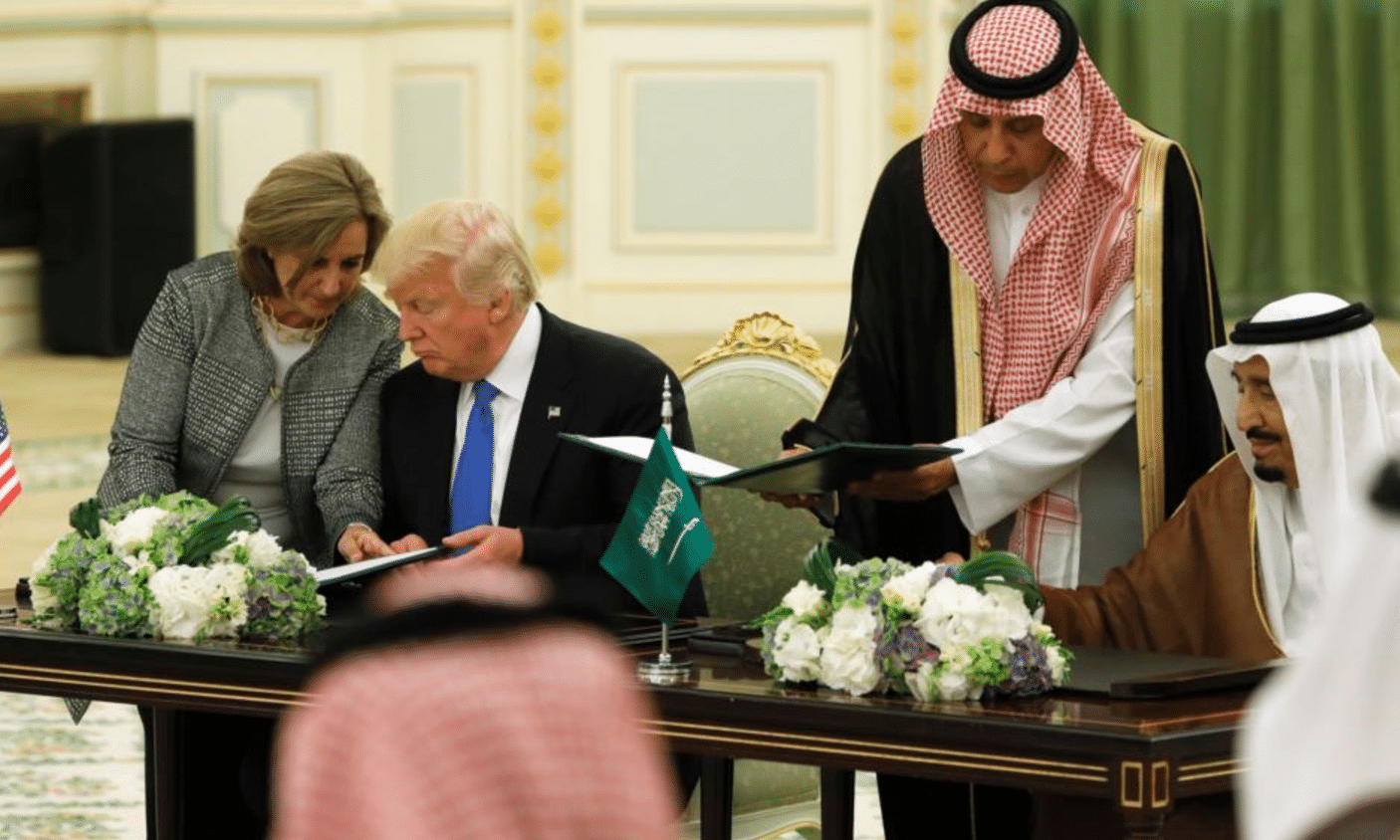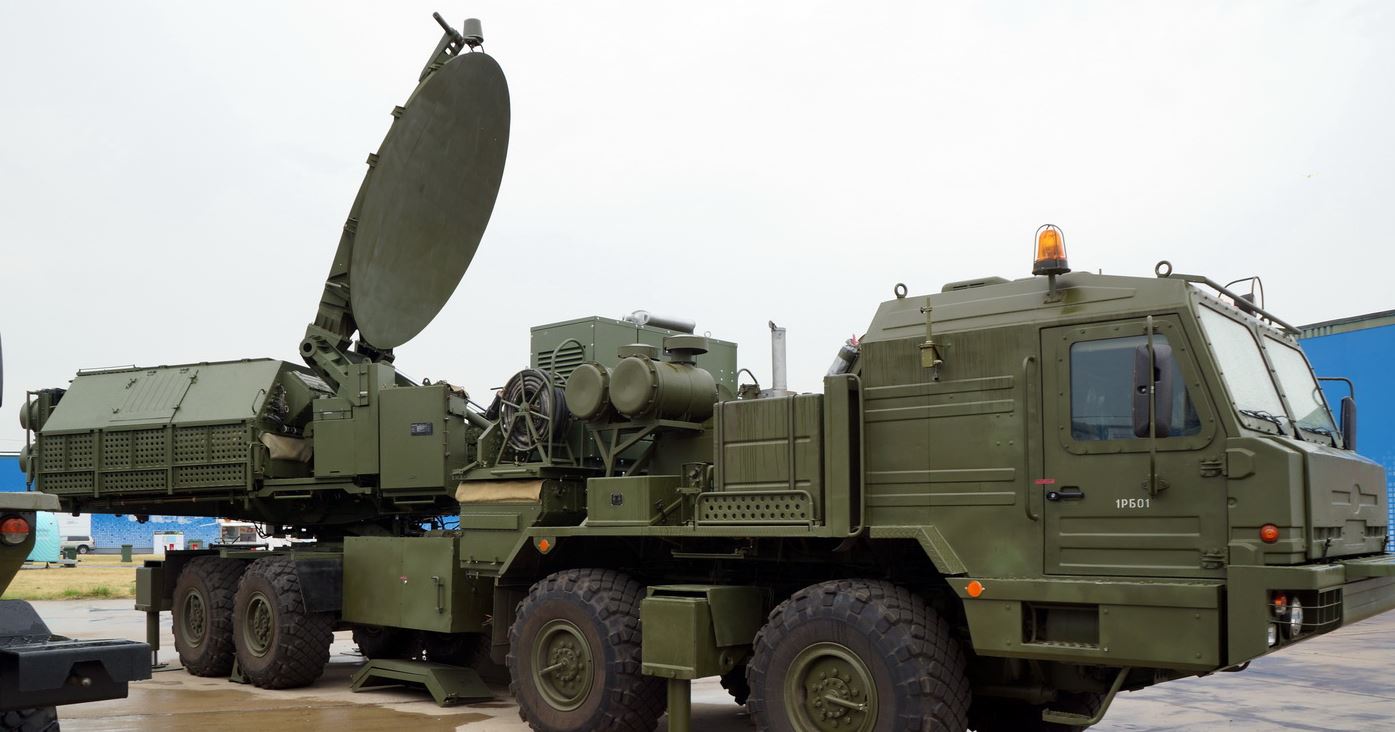1067Views 4Comments

UAE orders two DCNS Gowind 2500 corvettes
According to French President Emmanuel Macron (France 24, al-Arabiya), the United Arab Emirates (UAE) has signed a purchase for two Gowind 2500 corvettes from the French shipbuilder DCNS. UAE also has the option to acquire an additional two vessels.
Notes & Comments:
This would be DCNS’ third order for the Gowind-series, following Egypt (four Gowind 2500) and Malaysia (up to six Gowind 2500-based Littoral Combat Ship). Displacing around 2,500 tons, the Gowind 2500-series is a multi-mission platform capable of anti-ship warfare (AShW), anti-submarine warfare (ASW) and short-to-medium-range anti-air warfare (AAW) operations.
The mainstay of the UAE Navy’s fleet currently comprises of six Baynunah-class corvettes, a sub-1,000-ton ship designed by the CMN Group in France. The Baynunah-class is a multi-mission platform, it is equipped with one 76-mm main gun, two 27-mm guns, two quad-cell MBDA Exocet MM40 Block-III anti-ship missile (AShM), one Mk49 mod-3 Rolling Airframe Missile (RAM) point-defence missile system and four dual-cell RIM-162C Evolved Sea Sparrow Missile (ESSM) for AAW.
The inclusion of the Gowind 2500 would amount to a potent hi/lo combination with the Baynunah-class, itself a relatively potent and well-armed vessel. The technical details of UAE’s Gowind order are not yet known, but it could mirror the Baynunah program by equipping the Gowind 2500s with both MBDA and Raytheon munitions, specifically the Exocet MM40 Block-III AShM and RIM-162C ESSM, respectively. The UAE Navy had already spent in the logistics and training cost of each, it would make sense to expand that to include the Gowind 2500 (resulting in a common munitions inventory).
For littoral defence the UAE Navy also has four Falaj 2 fast attack crafts (FAC) on order. Designed by the Italian shipbuilder Fincantieri, the Falaj 2 displaces 520 tons and is armed with two dual-cell MBDA Exocet MM40 Block-III AShM and two-triple VLS cells for MBDA MICA-VL SAMs.



4 Comments
by Joseph
Of course ESM suite and radar mounted on a tall mast can be more effective, but doesn’t that also compromise what supposed to a stealthy design?
by Omar Dar
It is the large flat sides of a ship which affect the radar cross section. I’ve never heard about issues with the mast and its sensors.
by Joseph
The most stealthy ship currently would be USS Zumwalt, from the shape of that destroyer we should be able to tell the basic principals of ship stealth. And also from most of the new generation ships.
This one is the only one I noticed to have a high mast with a complex (non flat) structure on it, that is why I question it’s stealth.
by Augustine
You have a point, but the mast and mounted hardware still make a small RCS for sea vessels. In sea warfare average goal of stealth is to reduce a 3,000 ton frigate to appear like a 150 ton fishing trawler on enemy radar, its not meant to be invisible. So, the enemy radar sees a frigate like its a fishing boat and ignores it ‘non-threat’. Option is if you doubt your stealth due to shape and size, add layers upon layers of stealth coating/radar absorbent paint.